T4K3.news
Quantum navigation test on X-37B
A quantum sensor aboard the X-37B will test GPS-free navigation in space, signaling a possible shift in how spacecraft navigate without external signals.
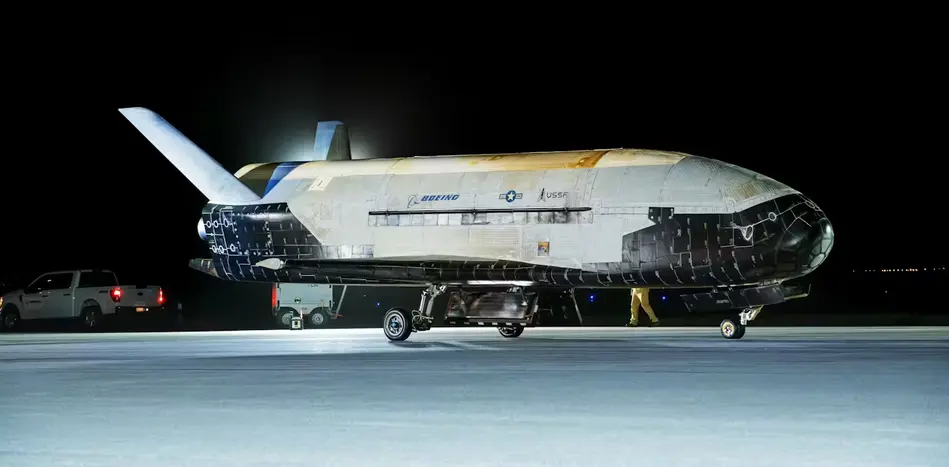
A quantum inertial sensor on the X-37B will test GPS-free navigation in space for the first time in a real mission.
Quantum Navigation Takes a Leap in Spaceflight
The X-37B space plane will fly for its eighth mission on August 21 2025. On board is a compact quantum inertial sensor that uses atom interferometry to measure motion without external signals. The test aims to show whether quantum navigation can provide reliable guidance when GPS is unavailable or compromised.
Quantum inertial sensors promise higher sensitivity and less drift than traditional devices because they rely on identical atoms that do not wear out. Prior experiments by NASA and the German Space Agency demonstrated the physics in orbit, but the X-37B test would apply the tech to real navigation tasks. If successful, the system could help spacecraft, aircraft, ships and submarines navigate without GPS, boosting resilience for military and civilian missions.
Key Takeaways
"Navigation without external signals becomes a strategic necessity"
editorial highlight
"Quantum sensors promise long duration GPS-free navigation"
analysis
"A practical quantum navigation system could extend autonomy for future missions"
factual
The test marks a shift from lab physics to space ready technology. It signals a broader push to turn quantum sensing from a science project into a tool for operations and exploration.
Alongside benefits, the move invites questions about cost, timelines, and how states manage sensitive tech. As nations race to deploy quantum sensors, transparency and responsible use will shape how this leap is viewed by the public and allies alike.
Highlights
- Navigation without external signals becomes a strategic must
- Quantum sensors turn uncertainty into a path forward
- If this works, it changes how we move in the final frontier
- Lab physics rides a rocket to real world use
military quantum navigation test may invite scrutiny
The test involves military hardware and sensitive technology that could invite budgetary scrutiny and political interest. Public statements may be limited, and questions about costs, accessibility, and strategic impact are likely to arise.
The data gathered will determine whether quantum navigation can safely replace or supplement GPS in future missions.
Enjoyed this? Let your friends know!
Related News
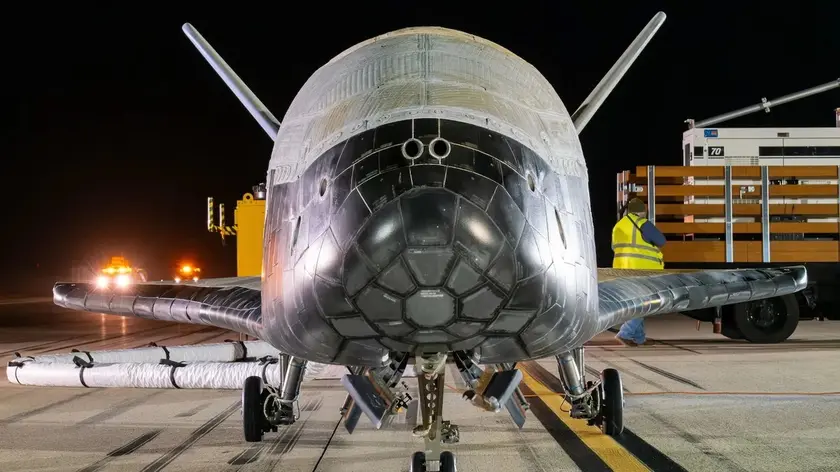
Quantum navigation tested aboard US military space plane
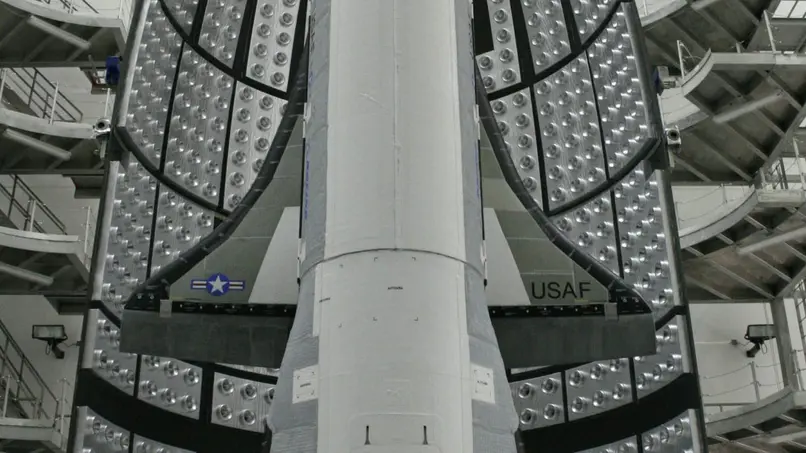
X-37B space plane set to launch new quantum mission
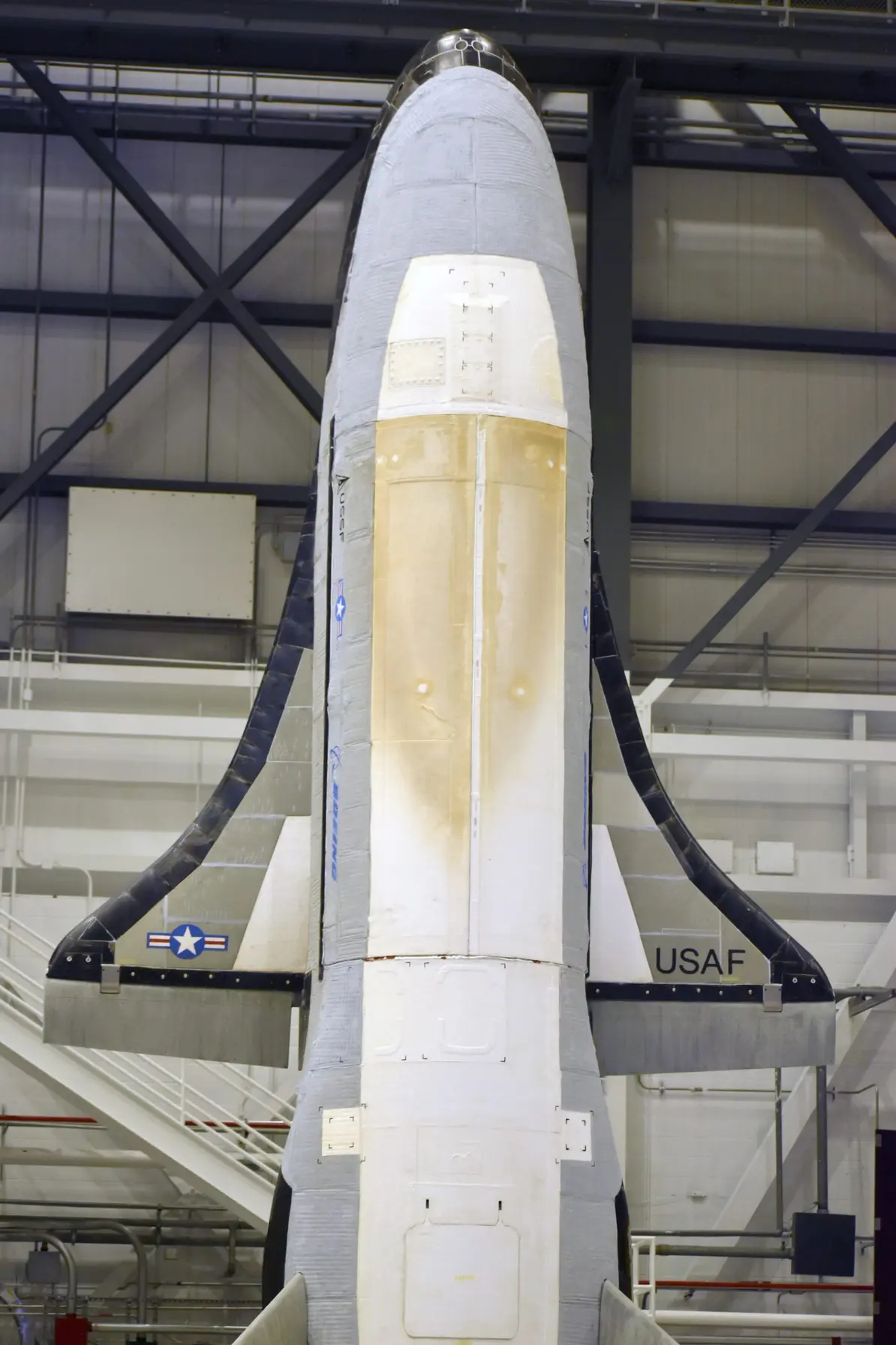
U.S. military X-37B spaceplane set for eighth mission
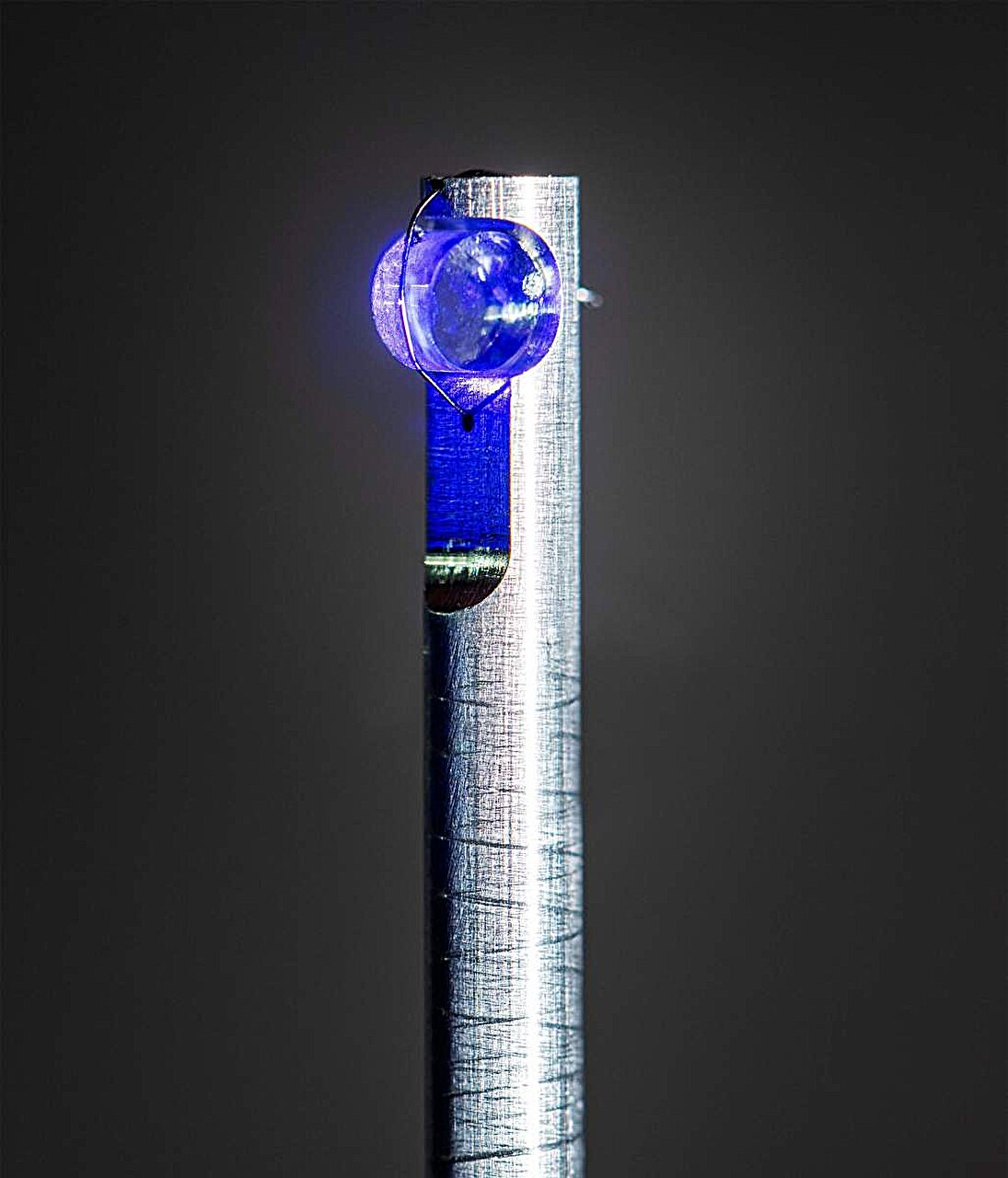
New method to detect dark matter through thorium-229
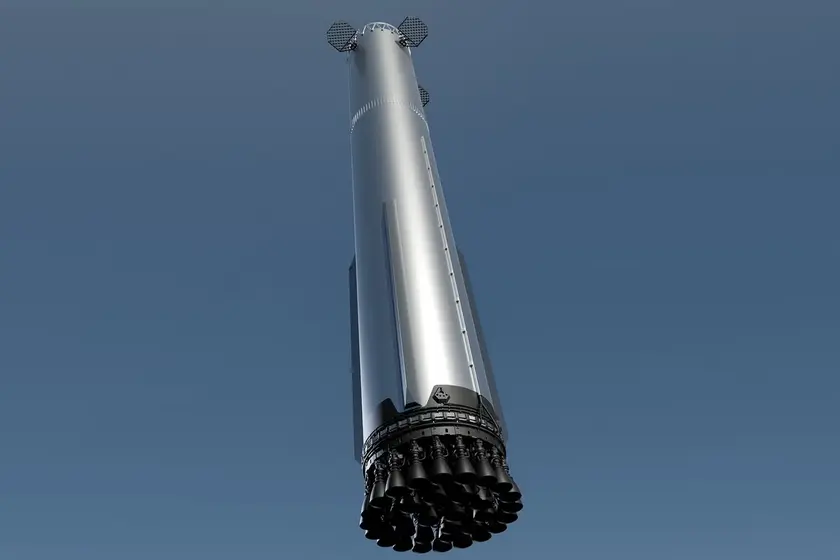
SpaceX upgrades Starship ahead of Flight 10

Elon Musk's robotaxi service faces regulatory investigation
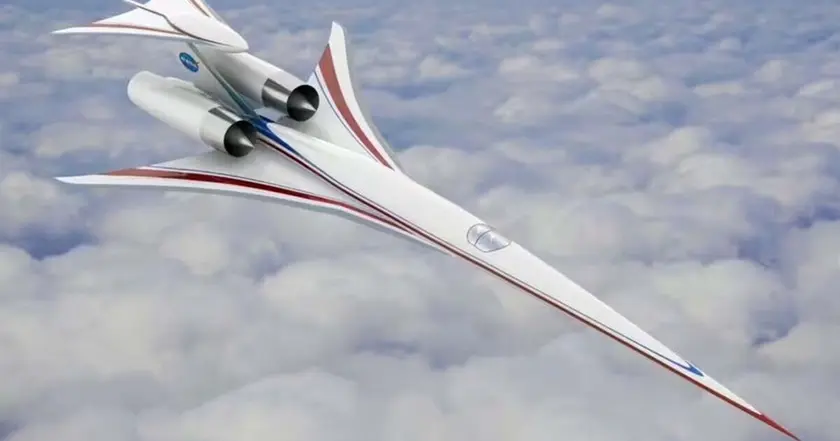
NASA's X-59 aircraft begins crucial taxi tests
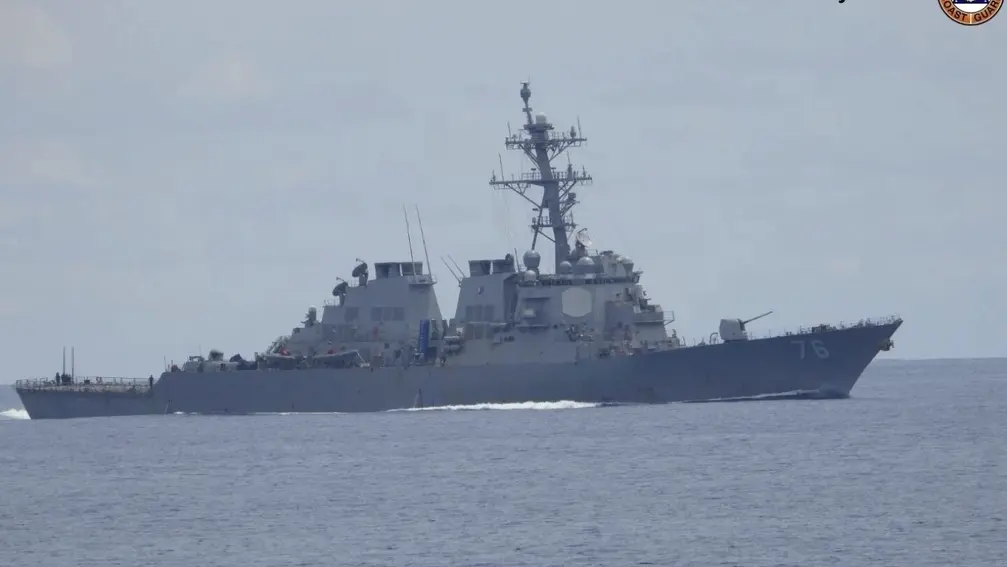
US ships near Scarborough after collision
